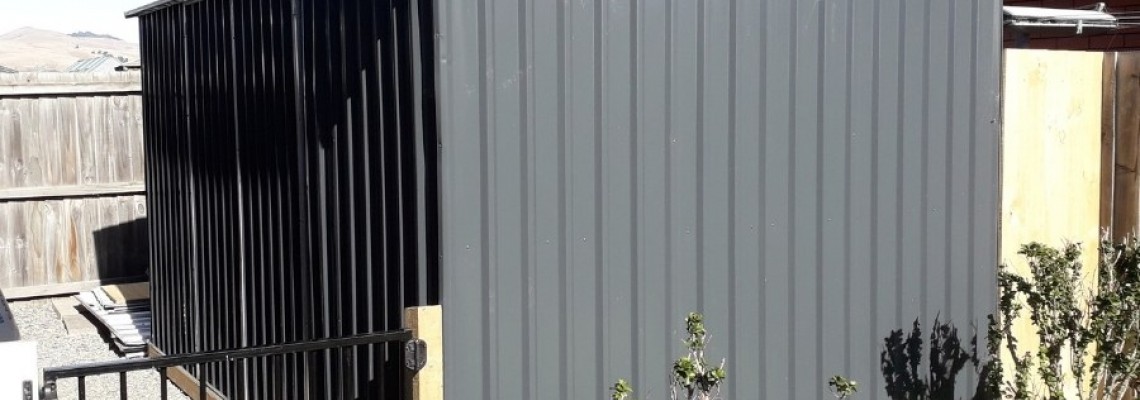
To ensure a stable and long-lasting foundation for your garden shed, it's important to prepare the site properly. For any of the options below, you'll need to make sure that the site is level and flat, with a minimum 50mm base of compacted crushed rock.
This will help to prevent any issues with water ingress and provide a solid base for your shed. As shown in the diagram below, this method can be particularly effective at minimizing the risk of water entering the shed from the base. Additionally, opting for a concrete floor that is the same size as the shed can be a great way to conserve space and keep your project footprint to a minimum, especially in tight spaces.
Building a concrete pad with a thickness of 200mm. Our sheds’ base frame width is 25mm, it is recommended to put down a 30mm wide 25mm thick strip of timber to the inside of the frame from the top. This will create a rebate around the edge of the base.
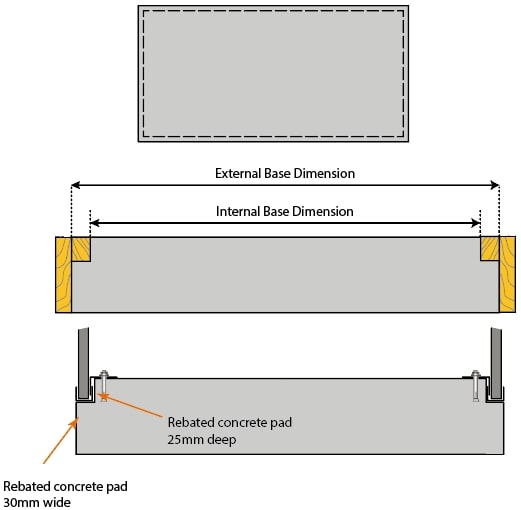
Once the pad is finished, the shed will sit on top of the rebate, and when it rains, the water won’t come in from the bottom because of the step
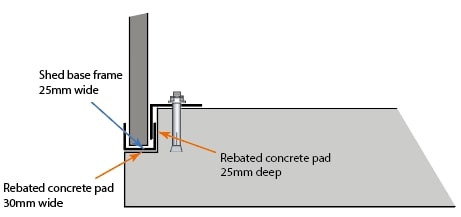
Modifications will be necessary for models featuring internal arch supports since the bottom frames will no longer align seamlessly with the arch support beams. The length of the beams will need to be reduced by the depth of the rebate.
If you're looking for a sturdy and secure foundation for your storage shed, consider using the direct bolt method. This involves attaching the shed directly to a concrete slab using concrete anchors and clips. This method is particularly useful for larger sheds and sites that may not be completely level. See this blog for more details about building a concrete pad.
To prevent water from seeping into the shed, we suggest sealing the base of the shed with a silicone bead.
While a silicone seal around the base of your shed is an effective way to reduce the risk of water getting in, it's important to note that it may not provide 100% protection in all situations. Factors such as heavy rainfall, high winds, or a sloping terrain can still cause water to seep into the shed. It's important to regularly inspect your shed and address any issues that may arise to prevent water damage. Consider adding additional waterproofing measures, such as guttering or drainage systems, to further minimize the risk of water ingress.
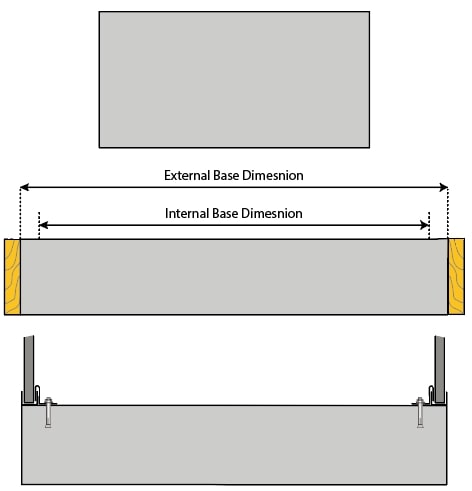
You can use an existing concrete base with flat floor clamps. The Steelmates series garden shed will come with flat floor clamps. They are designed for flat concrete.
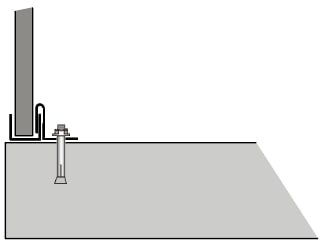

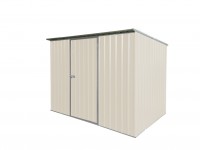

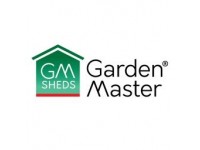

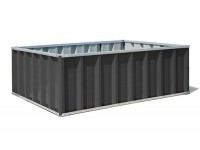
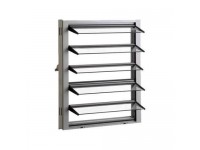
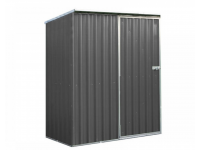
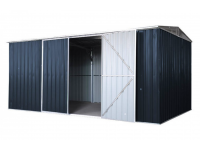
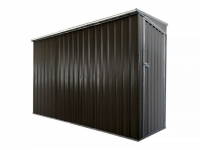
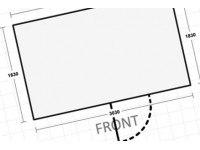
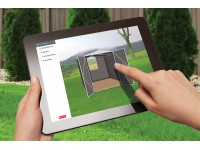

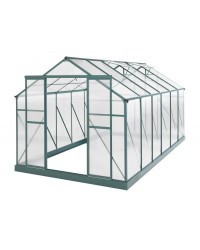
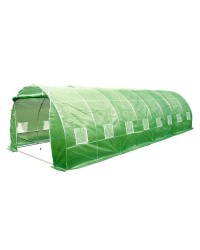
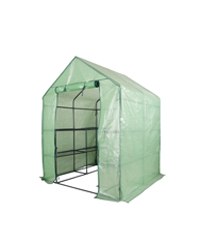
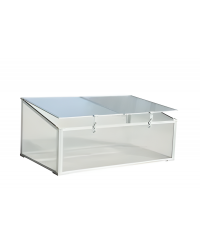
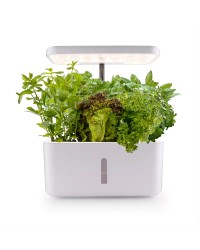
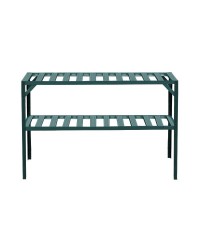
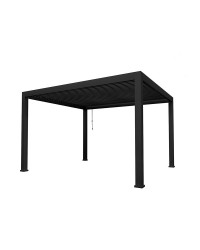
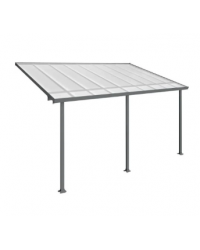
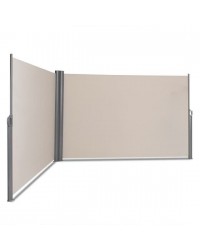
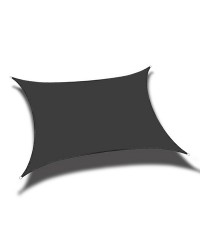
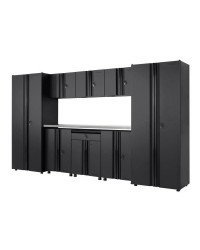
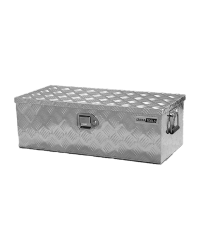
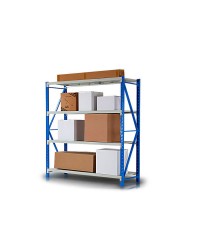
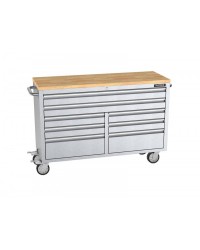
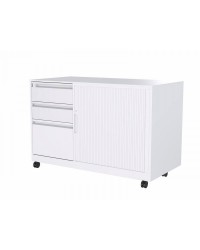
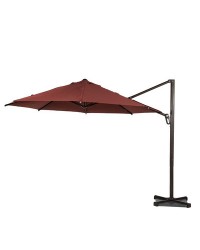
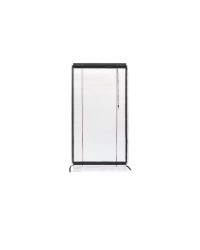
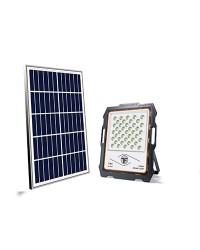
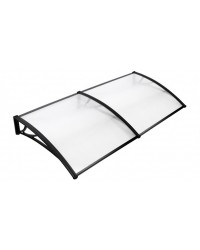
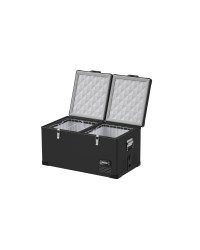
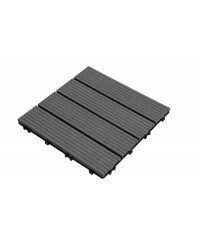
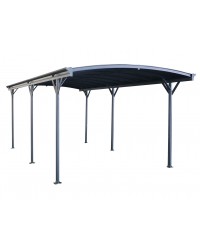
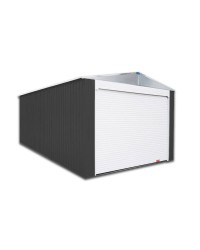





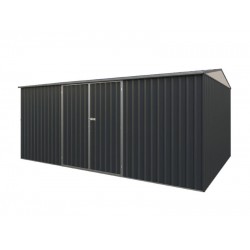
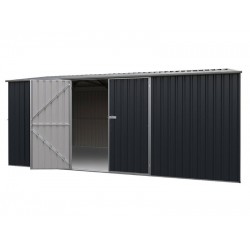
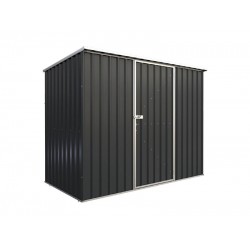
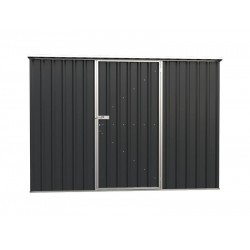
Leave a Comment